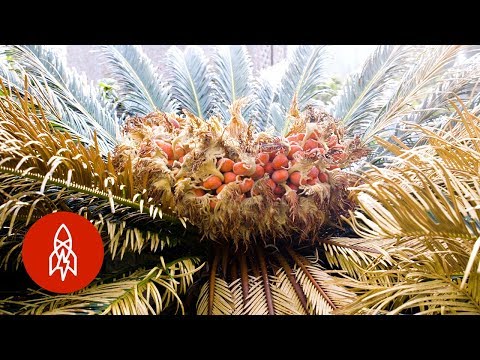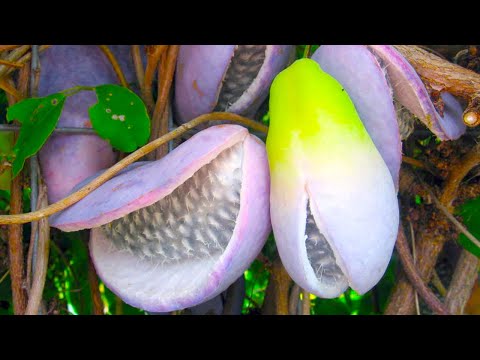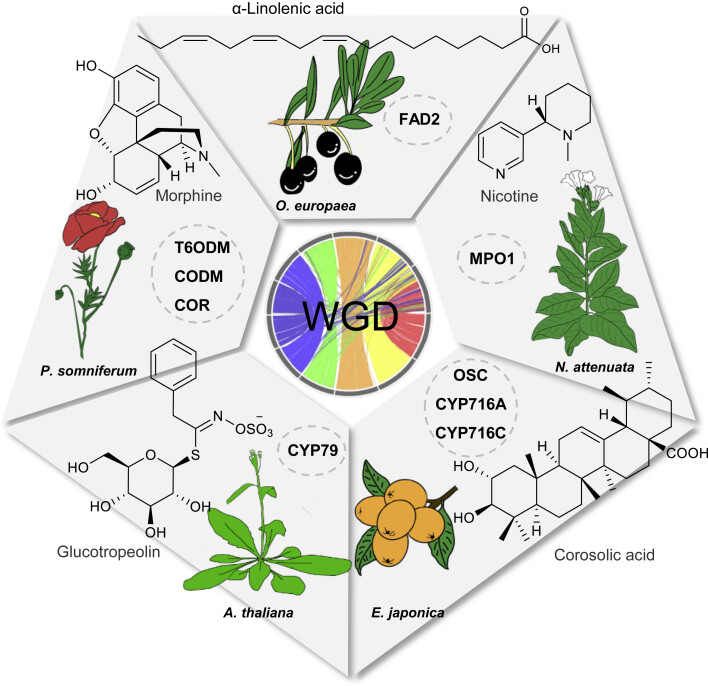Considering the spatial disparity in metabolites between leaf and stem components, the levels of branch chain amino acids (BCAA) (isoleucine, leucine, valine), aromatic amino acids (AAA) (phenylalanine, tyrosine), phenylpropanoids (cinnamic acid, caffeic acid, ferulic acid, shikimic acid), sugar alcohols (xylitol, myo-inositol, meso-erythritol), and glycerol derivatives (glycerol, glyceryl-glyceryl) were relatively higher in leaves than in stem extracts. Branch chain amino acids cannot be synthesized by animals; however, plants can synthesize these amino acids de novo and thus serve as an important source of these compounds in the human diet [24]. In plants, isoleucine, leucine, and valine share common BCAA-hydrolyzing enzymes in their biosynthetic pathways. Accumulation of free amino acids plays an important role in plant stress tolerance, and these can act as osmolytes under certain abiotic stress conditions [25]. Similarly, phenylpropanoids are key components with antioxidant functions that ameliorate high intensity light-stress mediated damage in leaves [26]. On the contrary, the levels of fatty acids (oleic acid, stearic acid, palmitic acid, and linolenic acid) and amino acids (proline, lysine, and arginine) were relatively higher in leaves compared to stem extracts. Oleic and linolenic acid derivatives partially regulate plant development, seed colonization, and defense responses to pathogens through various mechanisms [27, 28]. Notably, the relative abundances of chlorogenic acid and the majority of flavonoids (dihydrokaempferol, quercetin, quercetin derivatives, and myricetin derivatives) were higher in leaves, while kaempferol glucoside and pinocembrin were more abundant in stems. The higher abundance of flavonoids in leaves might be attributed to their local biosynthesis as well as their active translocation from other plant organs at different stages of development [29].
Generally, similar antioxidant activity levels were observed in the same genus groups, but the species belonging to the genera Alnus displayed significantly different antioxidant levels. These results suggest that the differences in chemical compositions among species belonging to the same genus may be expressed in terms of their varying chemotaxonomy and associated bioactivities. In the present study, multivariate analyses indicated distinct metabolite profiles for plant extracts according to different plant families and spatial parts. Hence, the chemotaxonomic hierarchy of plants depends on their biosynthetic relatedness to synthesize corresponding metabolite pools [30].
We observed that aceroside VIII, catechin, and quercetin derivatives were positively correlated with DPPH antioxidant phenotypes, whereas eriodictyol was associated with tyrosinase inhibition effects. According to recent studies, aceroside VIII is an acerogenin derivative with significant antioxidant activities [31]. Ellagic acid is structurally a phenol antioxidant that exhibits significant free radical scavenging activity. It also promotes the activity of three antioxidant enzymes, namely superoxide dismutase (SOD), catalase (CAT), and glutathione peroxidase (GPX), which are altered under various physiological states involving free radical attack [32]. The roles of mannitol as an osmo-protectant as well as free radical scavenger that influences the activities of antioxidant enzymes including SOD, CAT, glutathione reductase (GR), peroxidase (POX), and ascorbate peroxidase (APX) have also been established [33]. Previously, Iacopini et al. described catechin, epicatechin, and quercetin as phenolic compounds that can independently or synergistically exhibit DPPH radical activities [34]. However, in the present study, eriodictyol and caffeic acid were linked to tyrosinase inhibition and total flavonoid content assays, respectively. Notably, eriodictyol is a flavonoid that can inhibit melanogenesis [35].




